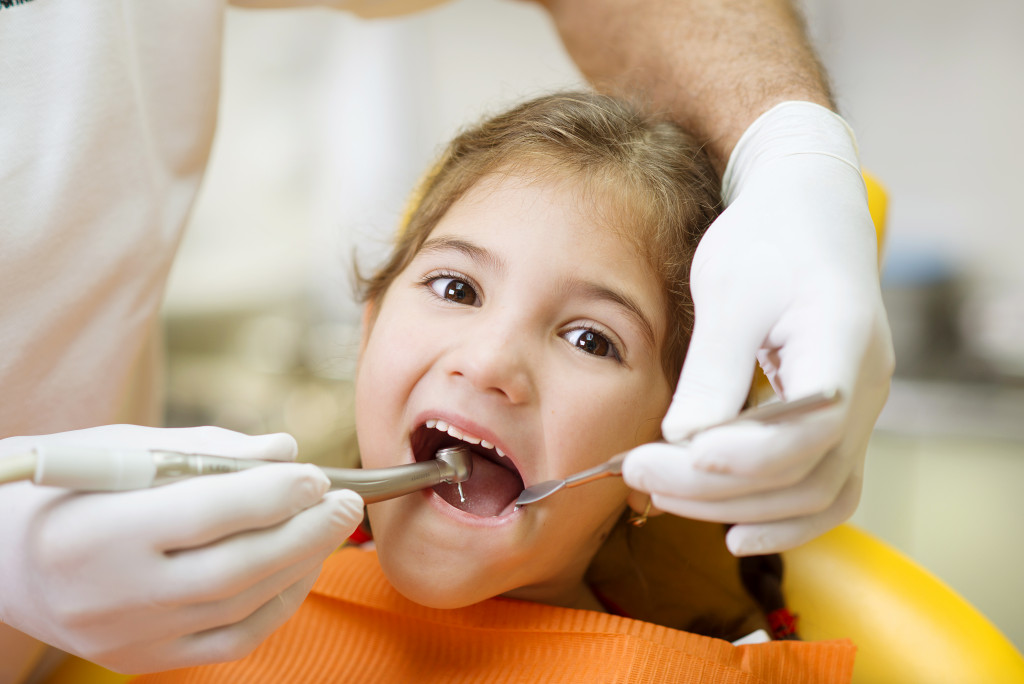Anodontia is a medical condition characterized by the absence of teeth. It can affect both primary teeth, which are also called baby teeth, and permanent teeth. While anodontia can be inherited, it can also be caused by certain medical conditions or medications. If you have anodontia, you’re not alone; about one percent of the world’s population is affected by this condition. Here are five things you need to know about anodontia.
Genetics
If you have an absent tooth or teeth due to a congenital defect or medical condition present at birth, this is referred to as congenital anodontia. Acquired anodontia occurs when teeth are lost due to disease, injury, or trauma later in life.
It Can Affect Permanent Teeth
Primary teeth are also known as baby teeth, and they typically start to erupt between six and eight months old. Most children have all 20 of their primary teeth by the time they’re three years old. Permanent teeth begin to erupt around age six and continue until age 21. By age 18, most people have 32 permanent teeth—28 molars, four incisors, and 0 cuspids (also called canine or eye teeth). Those with congenital anodontia may have fewer than 20 primary teeth at birth or never develop any primary teeth. People with acquired anodontia may lose one tooth or multiple teeth throughout their lifetime due to disease, injury, radiation therapy, or other causes.

Hypodontia
Hypodontia is when one or more permanent teeth are missing, but the person still has some primary teeth. Incisors (the four blade-like front teeth), canine (eye)teeth, and premolars (the two pointy molars located just behind your canine teeth) are the most likely candidates to be missing if you have hypodontia. The second most common type of anodontia is oligodontia which refers to having fewer than the average number of deciduous or adult teeth—but not necessarily both sets of teeth being affected in oligodontia patients.
Problems With Speaking
If you’re missing several upper front incisors (the four blade-like front top teeth), it can be challenging to speak clearly because these particular incisors play a crucial role in pronunciation—especially when making S sounds and Z sounds while saying English words aloud clearly. Additionally, if several lower incisors are missing, it may cause problems with eating because these particular incisors play a crucial role in biting off small pieces of solid foods like carrots, sticks, and meat of a bone—kind of like dentures for your chompers!
Now that you know all of these things, you might wonder, how do you deal with anodontia?
Here are four known options for dealing with the disorder.
Implants
One of the best-known treatments for anodontia, especially for those lacking permanent teeth, is implants. Tooth implants are small titanium posts surgically placed into the jawbone beneath the gum line. Once in place, they act as anchors for artificial teeth. They are usually used to support a single false tooth called a crown but can also be used to support a dental bridge or denture—especially lower dentures, which tend to be loose due to gravity.
However, you need to know a couple of things before getting implants. First, the implants need to be placed in an area of the mouth with enough bone to support them. Because of this, young children and people with certain medical conditions may not be candidates for implants. Second, implant surgery is a significant operation requiring several weeks of healing. So make sure to prepare for that.
Partial Dentures
Another option for dealing with anodontia is partial dentures. These false teeth are held in place by a metal frame that attaches to your natural teeth. Partial dentures can be used if you’re missing one or more teeth but still have some healthy natural teeth. They are usually acrylic or metal and can be removable or fixed (cemented).
They require special care, and you must clean them daily to avoid gum disease and bad breath. Additionally, partial dentures can make it difficult to eat certain foods because they may not fit snugly against your natural teeth.
You can also get full dentures if you lack multiple teeth. It’s more expensive than a partial denture and requires more care.
Dental Bridges
If you’re missing one or more teeth, you may want to consider getting a dental bridge. A bridge comprises of crowns and false teeth. The false tooth is called a pontic, filling the space left by the missing tooth. Dental bridges are usually made from porcelain or alloys or a combination of these materials.
Anodontia is a rare dental disorder that can be quite problematic if you have it. Be sure to talk to your dentist about the best way to treat it. With the right treatment, you can enjoy a healthy, beautiful smile.

